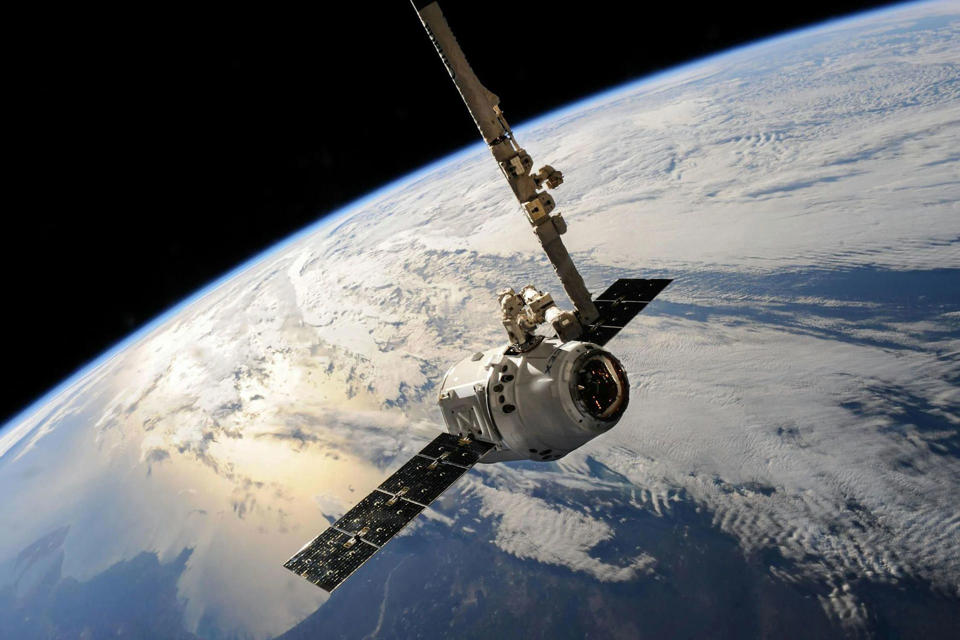Future Earth: Alarming Forecast of Oxygen Decline Threatens Complex Life
Scientists are sounding the alarm about a potential dramatic decline in Earth’s oxygen levels, projecting a staggering one million-fold decrease that could jeopardize the survival of complex life as we know it. A recent study in Nature Geoscience elucidates the atmospheric trajectory of our planet, predicting that within the next billion years, oxygen levels may plummet to conditions reminiscent of those that prevailed before the Great Oxidation Event, which occurred approximately 2.4 billion years ago.
The research leverages sophisticated models that take into account the increasing luminosity of the Sun, alongside significant changes in the Earth’s geochemical cycles. This pioneering study paints a stark picture of the eventual fate of our biosphere, driven by the relentless progression of solar evolution.
As the Sun continues to heat up, it instigates crucial transformations in the planet’s carbon cycles, notably affecting the carbonate-silicate cycle that regulates atmospheric carbon dioxide (CO2) levels. Environmental scientist Kazumi Ozaki from Toho University highlighted these dynamics, noting that the established understanding of Earth’s biosphere lifespan hinges upon a steady increase in solar brightness and the global carbonate-silicate geochemical cycle. He remarked, “One of the corollaries of this theoretical framework is a continuous decline in atmospheric CO2 levels and global warming on geological timescales.” This consistent downturn in CO2 concentration will inevitably lead to a decrease in photosynthetic activity, critically undermining oxygen production on our planet.
The models suggest an alarming deoxygenation of the atmosphere is expected to occur well before the Earth transitions into a “moist greenhouse” state or faces substantial water loss. The drastic predictions indicate that atmospheric O2 will decline to levels that echo the Archaean Earth, resulting in an oxygen deficit of approximately a million times lower than current levels, as noted by Earth scientist Chris Reinhard from Georgia Tech. Such an extreme reduction spells disaster for most aerobic life forms reliant on oxygen, paving the way for anaerobic organisms to reclaim dominance in a radically altered ecosystem.
This research not only harbors critical implications for the future of Earth but also significantly influences astrobiology and our approach to identifying extraterrestrial life. Traditionally, oxygen has been viewed as a definitive biosignature. However, if oxygen-rich atmospheres are fleeting features on habitable worlds, scientists may need to revise their criteria for assessing exoplanets. The notion that Earth’s oxygenated period may constitute only 20-30 percent of its entire habitable lifespan indicates that planets deficient in oxygen could still harbor some forms of life—albeit significantly different from what we are familiar with.
In light of these findings, the envisioned future of Earth will be characterized by an atmosphere abundant in methane, scarce in CO2, and lacking an ozone layer, fostering conditions overall conducive to anaerobic life forms. This paradigm shift challenges the prevalent focus on oxygen as a universal life indicator and expands our perspective on the potential for discovering biosignatures throughout the cosmos.
Bias Analysis
Key Questions About This Article




